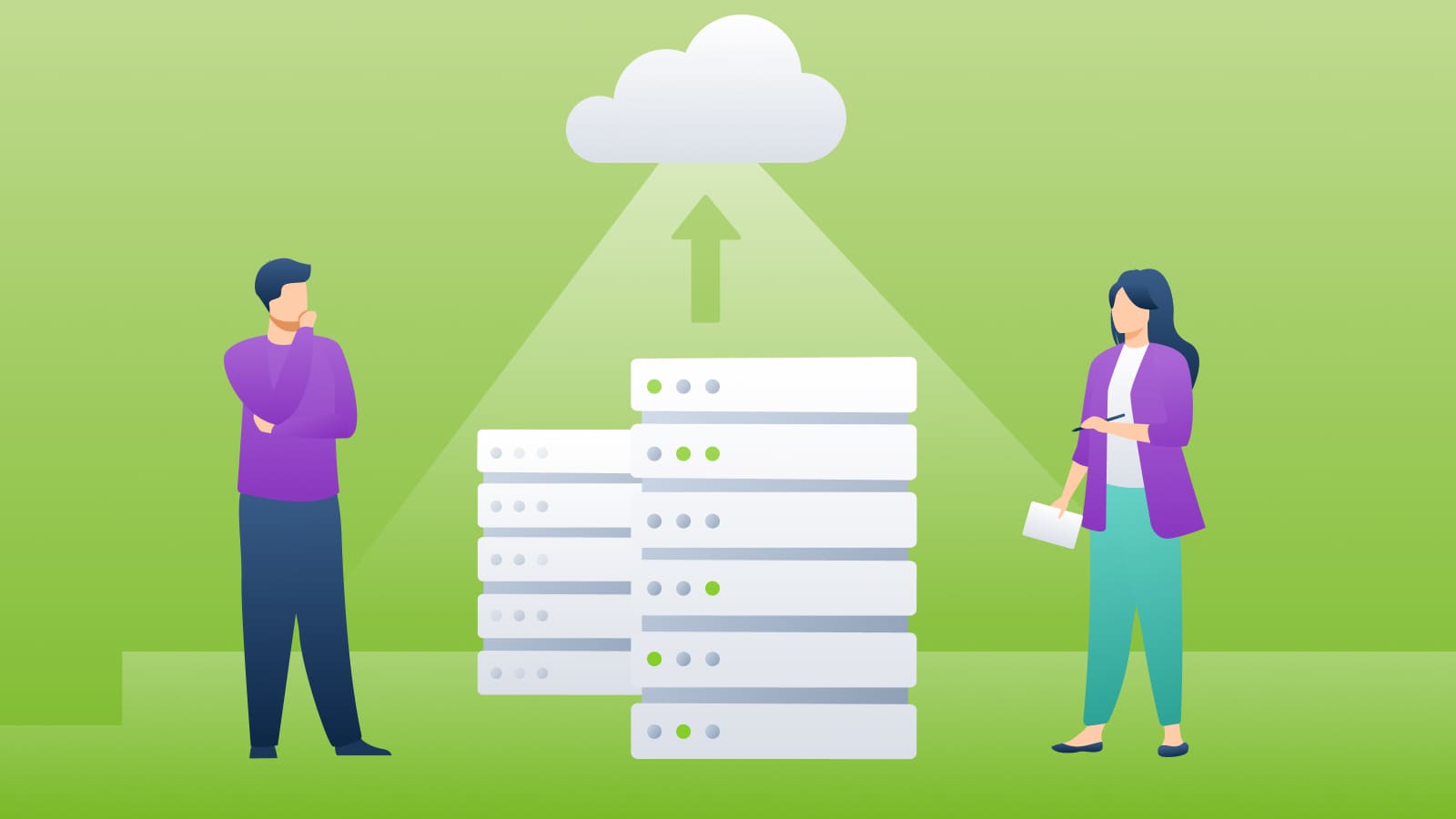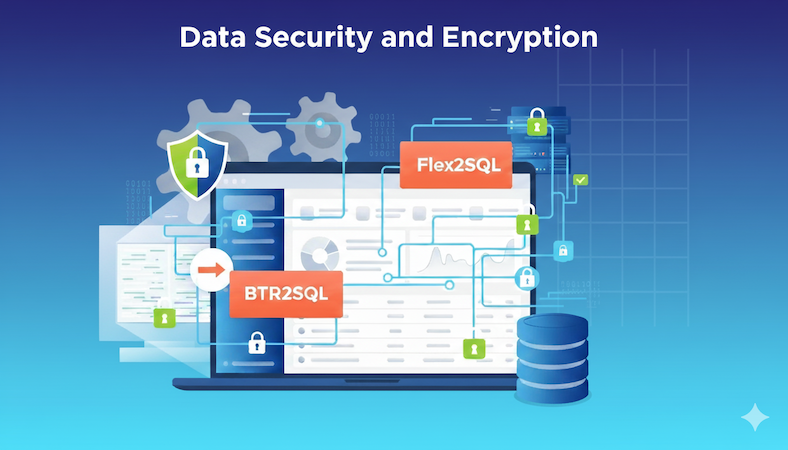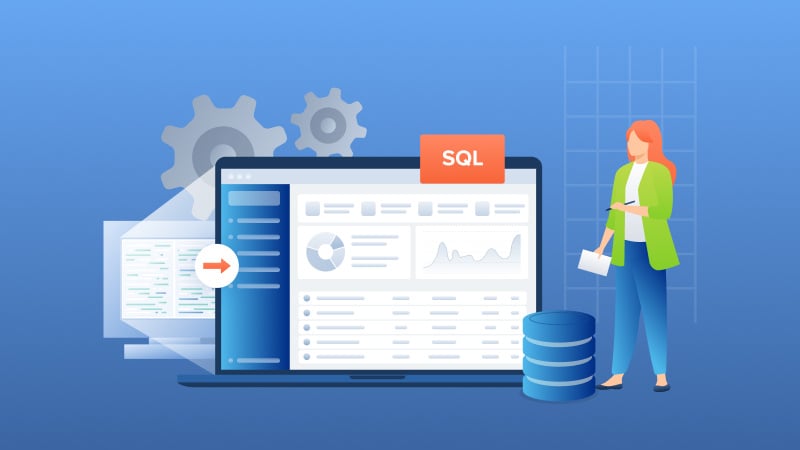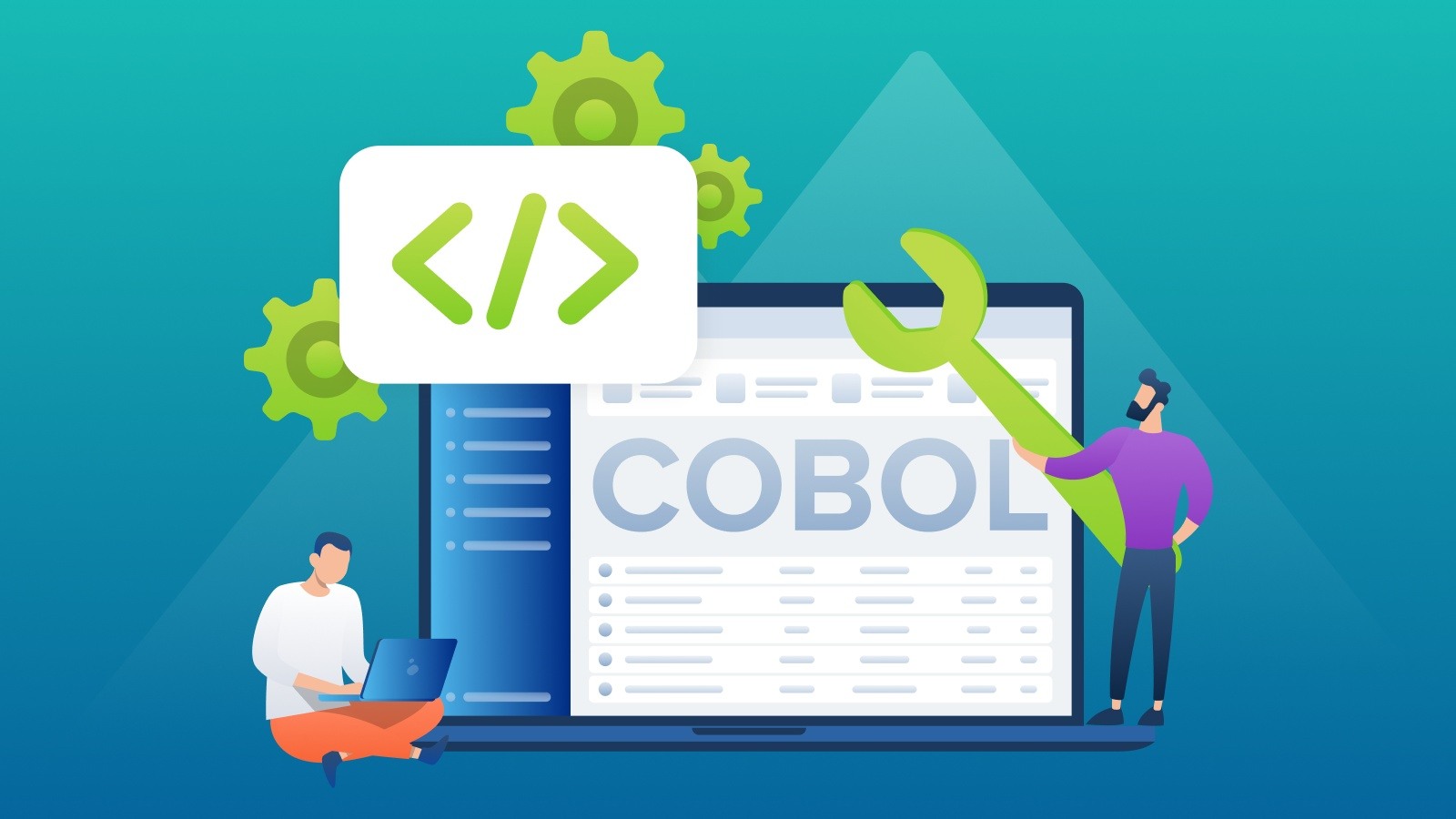Data Security with Flex2SQL and BTR2SQL Connectivity Products
The most common reason for Enterprises looking to migrate from legacy Btrieve or DataFlex databases is the urgent need to address security and...
5 min read
 Mertech
:
Feb 27, 2024 1:26:43 PM
Mertech
:
Feb 27, 2024 1:26:43 PM

Once confined by the limitations of legacy systems, businesses now find themselves at a crossroads where the shift to cloud platforms has become synonymous with survival and success.
Each year, the momentum behind cloud application modernization accelerates due to its unparalleled potential to fuel growth and innovation.
For example, according to research, cloud modernization can lead to a 28% increase in revenue growth, a 39% reduction in IT spending, and a 35% faster time to insights.
But how can you reap all these benefits?
Stick around to discover all about cloud app modernization, including how it works, its pros, cons, best practices, and more.
Cloud application modernization involves updating and enhancing existing cloud infrastructure and applications. By leveraging modernization techniques, you can breathe new life into your cloud environment, fostering agility, scalability, and cost-effectiveness.
But keep in mind that this is not a one-time initiative. Instead, it's an ongoing effort that helps you utilize cloud technologies as they emerge, aligning them to your evolving business needs.
Unlike traditional lift-and-shift approaches or hybrid cloud setups, cloud-native architecture is purpose-built for the cloud environment.
At its core, it enables applications to be composed of smaller, independently operating components through the use of microservices and containers.
For businesses with on-premise data, SaaS applications, or web applications, adopting a cloud-native approach unlocks the full potential of the Cloud, enabling seamless integration, scalability, and innovation.
While the journey to cloud-native may involve significant change and investment, cloud migration benefits make it a worthwhile endeavor for forward-thinking organizations.
Cloud migration is the process of transferring existing applications and data from on-premises infrastructure to the Cloud. It focuses primarily on relocation without significant alterations to the application architecture.
In contrast, cloud modernization goes beyond migration, encompassing strategic updates and enhancements to application functionalities, architecture, and infrastructure to leverage cloud-native capabilities fully.
While cloud migration is suitable for organizations seeking to quickly transition their existing workloads to the Cloud with minimal disruption, modernization is ideal for those aiming to optimize applications for enhanced performance, scalability, and cost-efficiency.
For example, if a company needs to move a legacy application to the Cloud swiftly to reduce infrastructure costs, migration would be the preferred approach. However, if the goal is to transform a monolithic application into microservices architecture to enable agility and scalability, modernization becomes imperative.
In many cases, a hybrid approach combining migration and modernization may be most effective. This involves migrating existing applications to the Cloud while simultaneously modernizing certain components to harness the full potential of cloud technologies.
Leveraging modern cloud technologies and practices can unlock an array of benefits for your business. But there are also some disadvantages you should be aware of before you initiate your cloud app modernization project.
Let's explore some of the key pros and cons:
Successful cloud migration and modernization requires careful planning, strategic execution, and adherence to best practices.
Here are the main cloud-native migration best practices:
Embracing agile development methodologies can help you accelerate the entire modernization process.
Why?
Agile practices enable teams to adapt to changing requirements, incorporate feedback, and deliver value incrementally. This further helps you achieve faster time-to-market, higher customer satisfaction, and improved project outcomes.
Choose a cloud service provider that aligns with your organization's needs, objectives, and budget. Consider factors such as reliability, scalability, security features, and pricing models.
Also, evaluate the provider's track record, customer support services, and adherence to compliance standards.
Need an example? Check our guides Azure application modernization and AWS app modernization to know more about what these cloud providers can mean for your business transformation, the specific processes and the tools that each provider offers.
Plan and execute the modernization process in incremental stages to minimize disruptions and mitigate risks.
You can break the migration into manageable tasks, starting with low-risk applications and gradually transitioning critical workloads. Additionally, you should implement robust testing protocols at each stage to ensure functionality, performance, and security.
Investing in training and upskilling your IT teams will aid the effective management and operation of cloud-native technologies and platforms.
Provide hands-on training sessions, workshops, and certifications to empower staff with the necessary knowledge and skills to navigate cloud environments, troubleshoot issues, and optimize performance.
Establish monitoring and performance management frameworks to track cloud applications and infrastructure performance, availability, and security.
For example, you can utilize cloud-native monitoring tools and analytics to identify potential bottlenecks, optimize resource utilization, and proactively address performance issues. Review and refine your modernization cloud strategy to adapt to evolving business requirements and technological advancements.
Cloud application modernization encompasses a variety of strategies aimed at updating and improving existing applications to align with the capabilities of the Cloud.
Here are some of the main cloud application modernization approaches:
In assessing whether your business needs to modernize its apps for the Cloud, it's essential to consider several key indicators:
Empowering J.Renee's E-Commerce Growth
J.Renee, a global retailer of stylish footwear and accessories, sought to revamp its online marketplace following brand acquisitions. Facing sluggish performance and limited scalability, J.Renee turned to Mertech for a solution.
Leveraging Mertech's expertise in cloud app modernization, J.Renee's online store underwent a transformative overhaul, resulting in a sleek, fast, and highly scalable platform. The optimized website enhanced user experience and catapulted J.Renee's sales by 5x, with significant increases in page views and customer engagement.
Are you ready to transform your digital landscape, boost sales, and elevate customer experiences? Mertech's cloud app modernization experts can unlock your business's full potential.

The most common reason for Enterprises looking to migrate from legacy Btrieve or DataFlex databases is the urgent need to address security and...

Introduction Many independent software vendors (ISV) and corporate users still rely on applications that use a category of database collective called...

COBOL applications are the foundation of numerous essential business functions, especially within the banking, insurance, and government sectors....